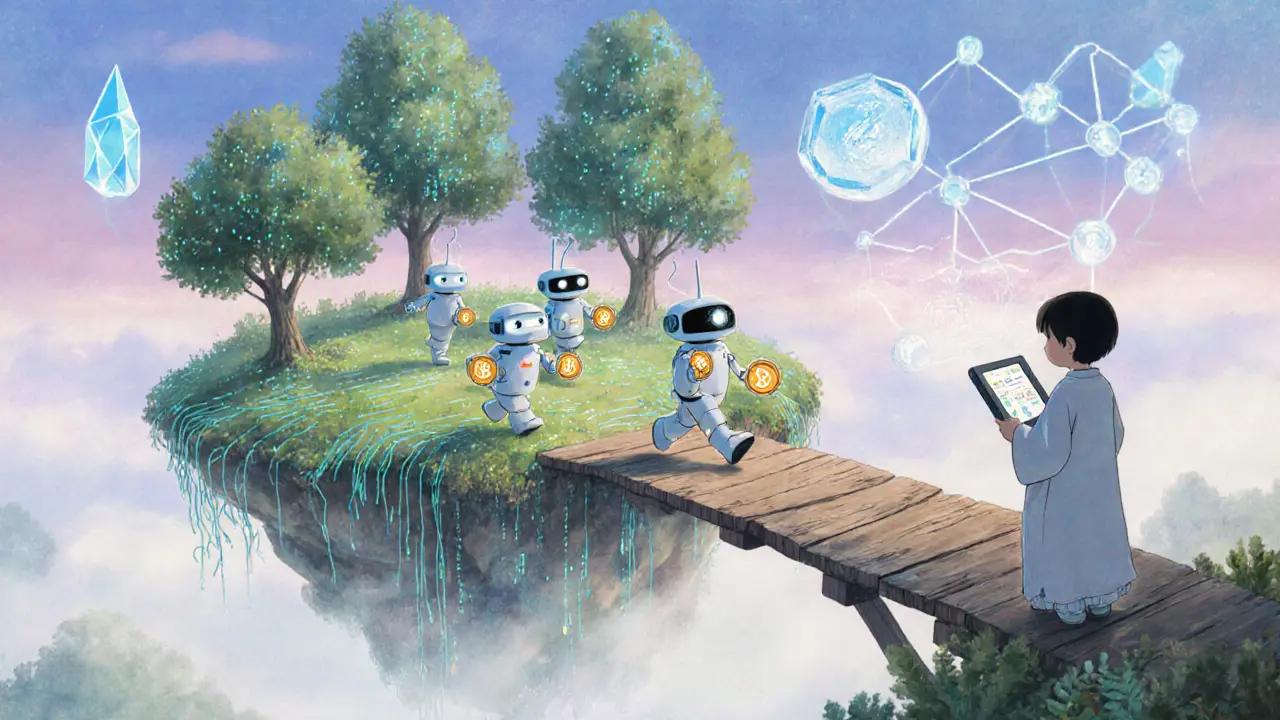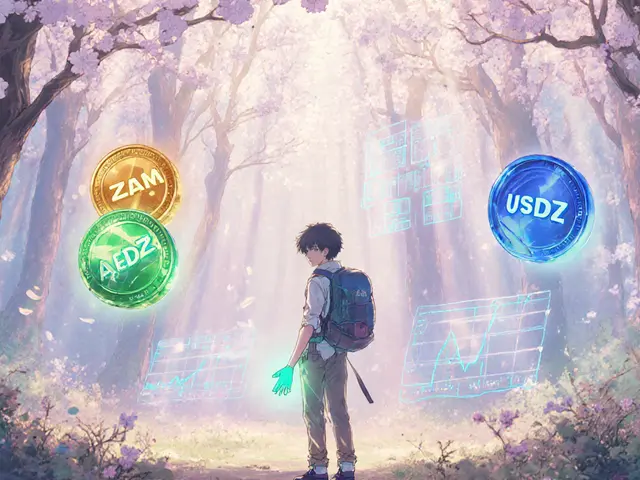AI Blockchain: How Artificial Intelligence Is Changing Decentralized Networks
When you hear AI blockchain, the combination of artificial intelligence and blockchain technology that enables smarter, self-optimizing decentralized systems. Also known as machine learning blockchain, it’s not just a buzzword—it’s changing how networks verify transactions, manage identity, and even vote on governance changes. Think of it like giving a blockchain a brain. Instead of just following rigid rules, an AI-powered blockchain can learn from patterns, spot fraud in real time, and adjust its own performance based on usage.
Related to this are smart contracts, self-executing agreements coded on blockchain that can be enhanced by AI to interpret real-world data and trigger actions automatically. For example, an insurance smart contract could use AI to analyze weather reports and automatically pay out claims when a storm hits. Or a DAO could use AI to predict which proposals are most likely to succeed based on past voting behavior and community sentiment. Then there’s decentralized systems, networks that operate without central control, often powered by blockchain and increasingly guided by AI to improve efficiency and security. These systems are what make platforms like Shido DEX or PancakeSwap v2 possible—but without AI, they’re just slow, noisy, and hard to manage.
AI blockchain isn’t about replacing miners or validators. It’s about making them work better. In Pakistan, where crypto mining is now regulated with strict power allocations, AI helps miners optimize energy use so they don’t waste electricity. In places like Morocco or Costa Rica, where crypto flows around official rules, AI detects suspicious transaction patterns to help users stay safe without relying on banks. Even in DAOs, where voting power is tied to token holdings, AI can flag plutocratic behavior—like when a few wallets control most votes—and suggest fairness adjustments.
What you’ll find in this collection isn’t theory. It’s real-world examples. You’ll see how gossip protocol keeps nodes talking efficiently, how blockchain immutability clashes with data privacy laws, and why some exchanges like Karatbit or MorCrypto get flagged as risky—not because they’re fake, but because they lack AI-driven fraud detection. You’ll learn how token-based voting in DAOs can go wrong without smart oversight, and why airdrops like NZT or XSUTER need better risk modeling.
This isn’t about hype. It’s about what’s working now. AI blockchain doesn’t mean robots running the network. It means better tools for humans—tools that spot scams before you click, predict volatility before it hits, and help you make smarter moves with less guesswork. The posts below show you exactly where these tools are being used, where they’re failing, and what to watch for next.
What is Morpheus (MOR) Crypto Coin? The AI-Powered Blockchain Explained
Morpheus (MOR) is a crypto coin powering a decentralized AI network where users earn tokens for providing computing power, capital, or code. High risk, low liquidity, and technical barriers make it suitable only for experienced users.





